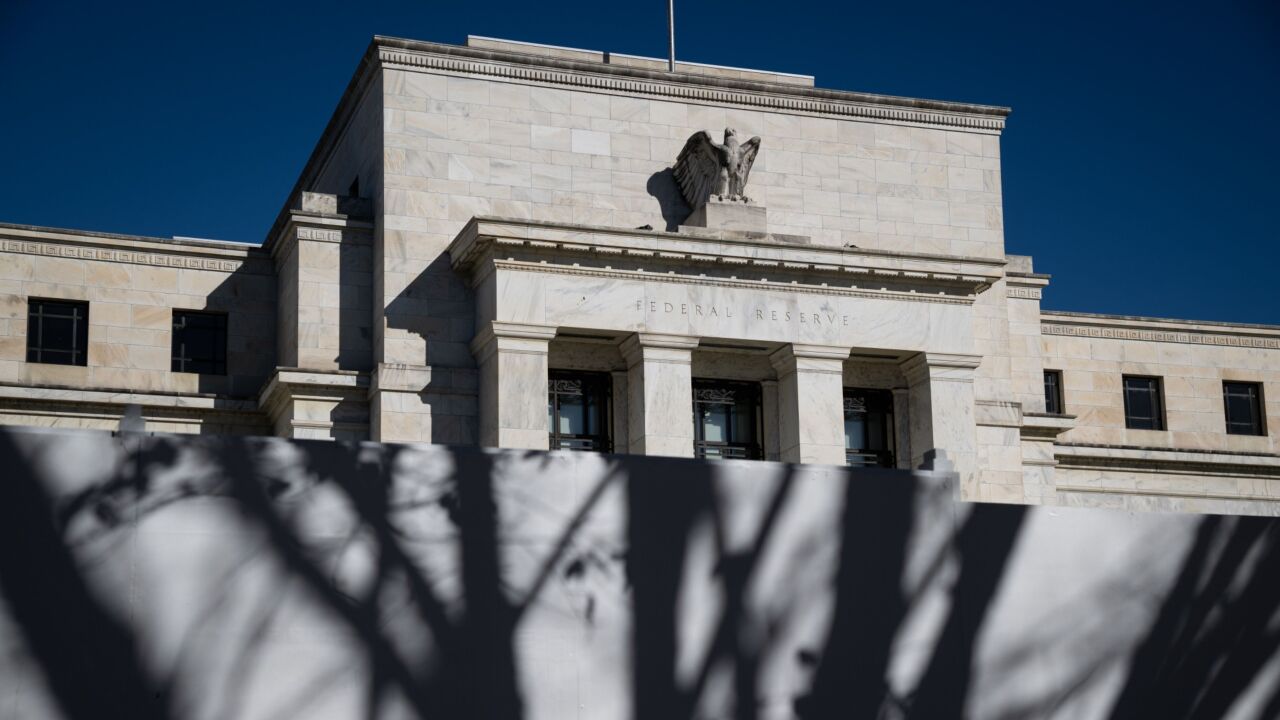After struggling for two years with troubled commercial credits, BSB Bancorp Inc. of Binghamton, N.Y., claims it has finally turned the corner.
Nonperformers at the $2.1 billion-asset company peaked late last year, falling 6% in the first quarter to $57.1 million. But thats still 4.15% of BSBs loans, and the company is still trying to shift its portfolio away from risky commercial lending.  When BSB hired Howard W. Sharp in November 2000 to engineer a cleanup, its bank subsidiary, BSB Bank and Trust Co., had 43% of its assets invested in commercial loans. Today that figure is 32%, and Mr. Sharp said the goal of whittling it to 25% is still a couple of years away.
When BSB hired Howard W. Sharp in November 2000 to engineer a cleanup, its bank subsidiary, BSB Bank and Trust Co., had 43% of its assets invested in commercial loans. Today that figure is 32%, and Mr. Sharp said the goal of whittling it to 25% is still a couple of years away.
That is not going to happen next quarter, [but] we think that by the end of 2004 we will have accomplished the repositioning of the balance sheet, Mr. Sharp said last week after announcing that first-quarter earnings were flat at $5 million.
Analysts are all over the lot on BSB, whose stock price has soared fueled by takeover rumors to nearly $30 in past year, from a 52-week low of $17.80.
Wilson L. Smith, an analyst at Cohen Brothers & Co. in Philadelphia, downgraded BSB to sell last week after learning that net chargeoffs hit $12 million in the first quarter, including $4.6 million of an $18 million soured loan. BSB classified the remaining $13.4 million of that loan as nonaccruing.
We are still concerned about nonperforming assets coming out of the woodwork at this institution, Mr. Smith wrote in a report published Thursday.
Scott Valentin of Friedman, Billings, Ramsey & Co. Inc. in Arlington, Va., also said he was disappointed at BSBs fresh spate of chargeoffs, though he maintained his accumulate rating.
And finally, Kevin T. Timmons, an analyst at C.L. King & Associates in Albany, N.Y., maintained his buy rating but said he would consider lowering it if the company is still charging off large commercial and industrial credits a year from now.
Mr. Sharp, BSBs president and chief executive, expressed confidence that will not be the case.
Our problem loans are identified, he said. They are in the nonperforming category, and those numbers will be going down.
As evidence of the portfolios improving health, Mr. Sharp pointed to a 21% decline, to $14.4 million, in loans on the verge of becoming nonperforming those with payments 30 to 89 days past due.
His predecessor as CEO, Alex DePersis, had focused BSB aggressively on commercial and industrial lending. However, the company failed to develop a loan review process that was strong enough to handle the influx of C&I loans, which have higher yields than consumer or mortgage credits but carry more risk too.
BSBs problem loans almost all of them commercial and industrial credits began snowballing in late 2000. Mr. Sharp, who had been president of M&T Bancorps Syracuse region, said the concentration was far too high for a community bank, and he started charging off problem credits and letting others that were not delinquent run off. BSB has charged off more than $60 million of loans over the last nine quarters.
The strategy has succeeded in paring the C&I component of BSBs portfolio but it has also resulted in a 12% decline in assets, because new loans were not added as fast.
Chief financial officer Rexford C. Decker said the company originated $47 million of residential mortgage loans during the first quarter, though it sold $26.1 million on the secondary market. As interest rates rise, Mr. Decker said, BSB would keep more of those home mortgages on its balance sheet. He also said it would originate more commercial mortgages and reduce chargeoffs to stem the decline in assets.
Everyone knew this would be tough, Mr. Decker said. I think the success that we have had has bolstered our spirits.






